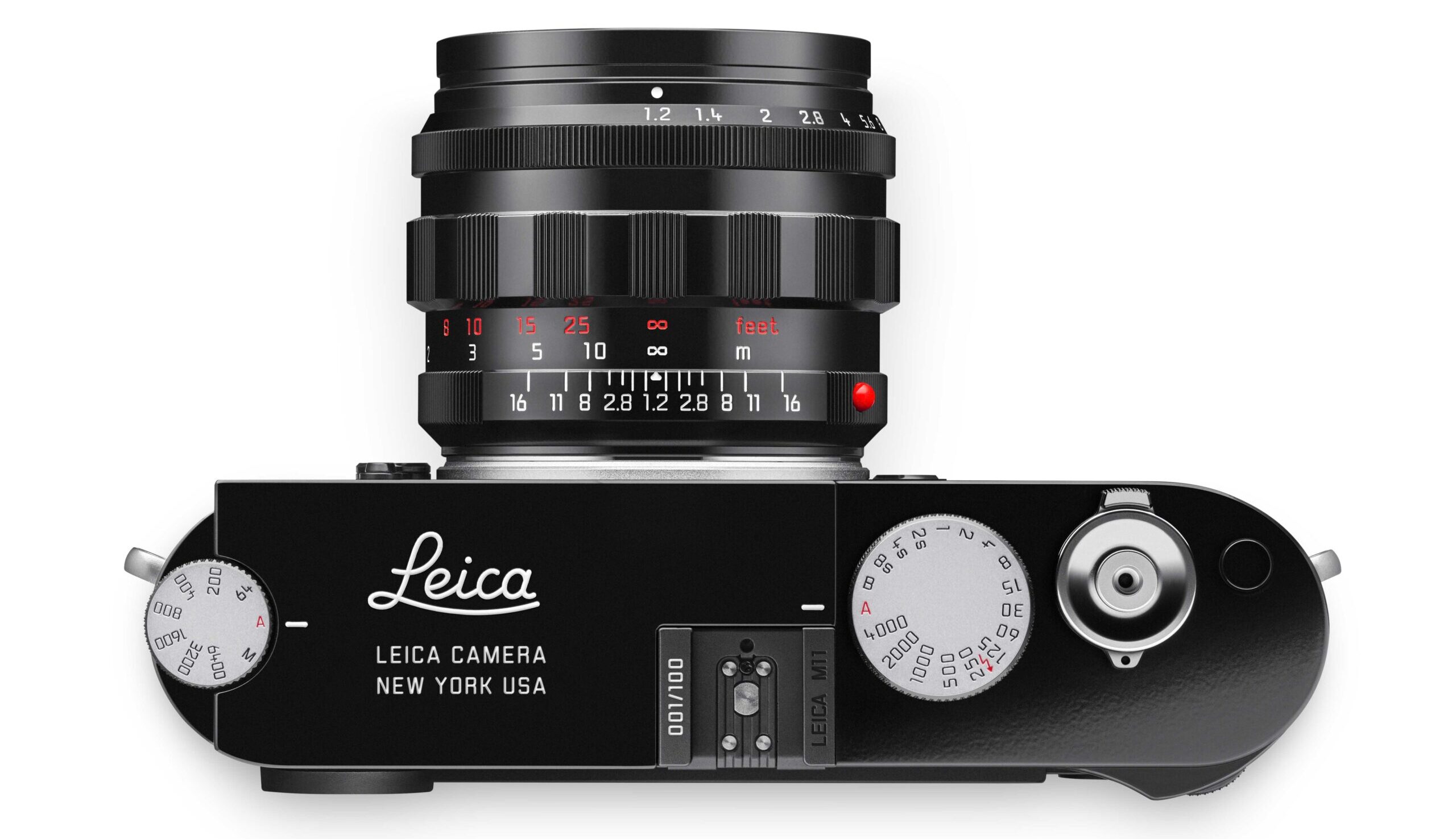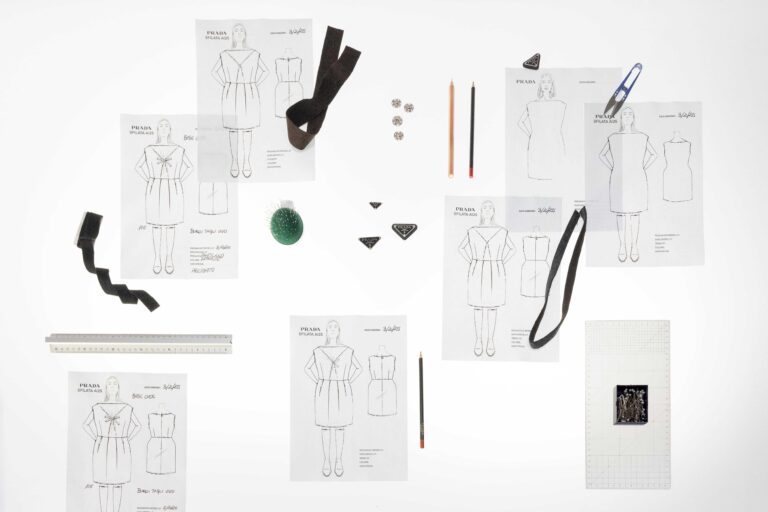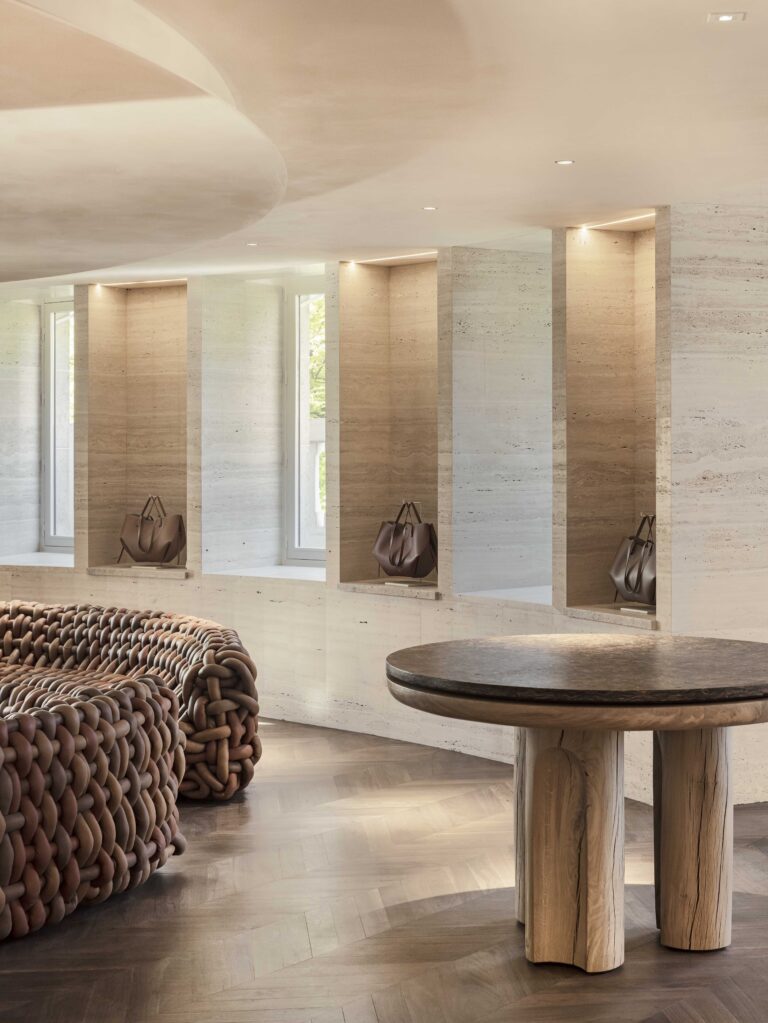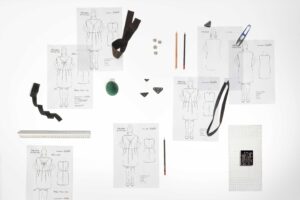
It’s hard to imagine a time when a photo wasn’t a swipe and click away. But back in 1925, cameras were large, finicky things, and their subjects posed and precious. After all, who would want to risk ruining one of only a few exposures? Then came the Leica I, a small metal box carrying 35mm film. Internally, employees of the nascent company worried about the viability of a camera developed for the everyday, until Ernst Leitz II, then at the helm, declared, “I hereby decide: We will take the risk.”
Over the next 100 years, Leitz’s instinct was proven prescient as Leica’s portable cameras changed everything about the way that life was captured and visually understood. Thirty-five millimeter film became the standard for on-the-go imagemakers. Henri Cartier-Bresson, the Parisian father of modern photojournalism, was an early adopter, as was Robert Capa, whose images of the Spanish Civil War dropped the brutality soldiers faced into ordinary Americans’ living rooms. The members of CULTURED’s Young Photographers List, featured in this issue and supported by Leica, would be nowhere as intrepid without its compact design and technology.
From V-J Day in Times Square to Che Guevara’s revolutionary headshot, the images produced by a Leica have a way of turning an instant into iconography. People become symbols, leaders become legends, and photographers bring their cameras out into the world—then bring the world back home again.










 in your life?
in your life?

